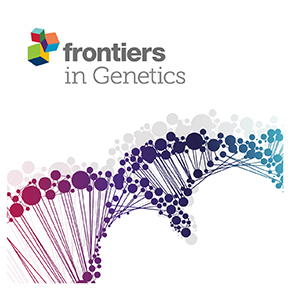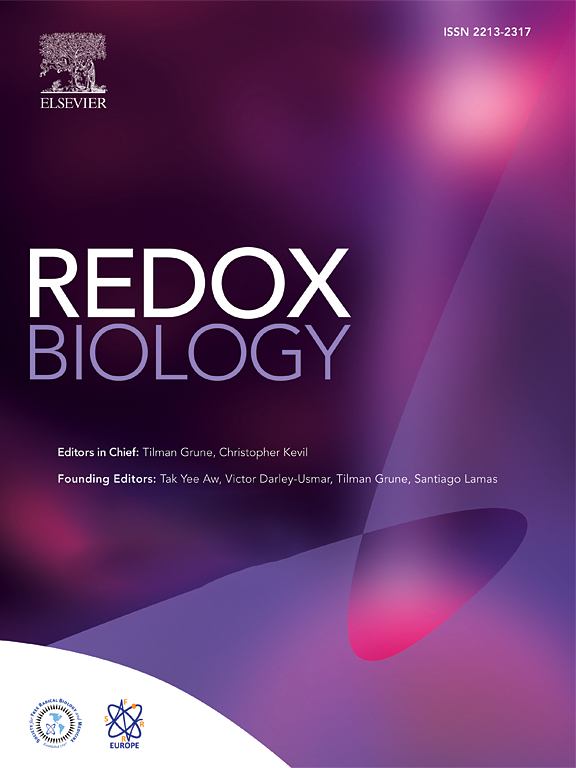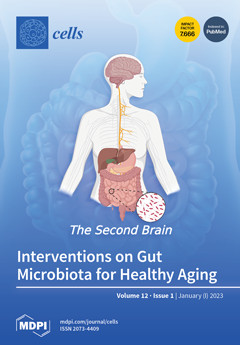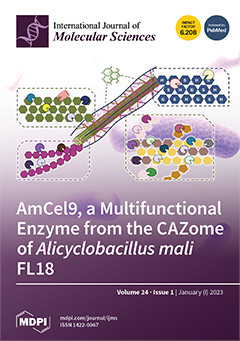Home » Publications » Page 4

Eunike Velleuer, Elisa Domínguez-Hüttinger, Alfredo Rodríguez, Leonard A. Harris and Carsten Carlberg
Concepts of multi-level dynamical modelling: understanding mechanisms of squamous cell carcinoma development in Fanconi anemia
Frontiers in Genetics, 02 November 2023, Sec. Nutritional Genomics, Volume 14 - 2023
Fanconi anemia (FA) is a rare disease (incidence of 1:300,000) primarily based on the inheritance of pathogenic variants in genes of the FA/BRCA (breast cancer) pathway. These variants ultimately reduce the functionality of different proteins involved in the repair of DNA interstrand crosslinks and DNA double-strand breaks. At birth, individuals with FA might present with typical malformations, particularly radial axis and renal malformations, as well as other physical abnormalities like skin pigmentation anomalies. During the first decade of life, FA mostly causes bone marrow failure due to reduced capacity and loss of the hematopoietic stem and progenitor cells. This often makes hematopoietic stem cell transplantation necessary, but this therapy increases the already intrinsic risk of developing squamous cell carcinoma (SCC) in early adult age. Due to the underlying genetic defect in FA, classical chemo-radiation-based treatment protocols cannot be applied. Therefore, detecting and treating the multi-step tumorigenesis process of SCC in an early stage, or even its progenitors, is the best option for prolonging the life of adult FA individuals. However, the small number of FA individuals makes classical evidence-based medicine approaches based on results from randomized clinical trials impossible. As an alternative, we introduce here the concept of multi-level dynamical modelling using large, longitudinally collected genome, proteome- and transcriptome-wide data sets from a small number of FA individuals. This mechanistic modelling approach is based on the “hallmarks of cancer in FA”, which we derive from our unique database of the clinical history of over 750 FA individuals. Multi-omic data from healthy and diseased tissue samples of FA individuals are to be used for training constituent models of a multi-level tumorigenesis model, which will then be used to make experimentally testable predictions. In this way, mechanistic models facilitate not only a descriptive but also a functional understanding of SCC in FA. This approach will provide the basis for detecting signatures of SCCs at early stages and their precursors so they can be efficiently treated or even prevented, leading to a better prognosis and quality of life for the FA individual.
View full text

Lars-Oliver Klotz, Carsten Carlberg
Nutrigenomics and redox regulation: Concepts relating to the Special Issue on nutrigenomics
Redox Biology, Volume 68, December 2023, 102920
During our whole lifespan, from conception to death, the epigenomes of all tissues and cell types of our body integrate signals from the environment. This includes signals derived from our diet and the uptake of macro- and micronutrients. In most cases, this leads only to transient changes, but some effects of this epigenome programming process are persistent and can even be transferred to the next generation. Both epigenetic programming and redox processes are affected by the individual choice of diet and other lifestyle decisions like physical activity. The nutrient-gene communication pathways have adapted during human evolution and are essential for maintaining health. However, when they are maladaptive, such as in long-term obesity, they significantly contribute to diseases like type 2 diabetes and cancer. The field of nutrigenomics investigates nutrition-related signal transduction pathways and their effect on gene expression involving interactions both with the genome and the epigenomes. Several of these diet-(epi)genome interactions and the involved signal transduction cascades are redox-regulated. Examples include the effects of the NAD+/NADH ratio, vitamin C levels and secondary metabolites of dietary molecules from plants on the acetylation and methylation state of the epigenome as well as on gene expression through redox-sensitive pathways via the transcription factors NFE2L2 and FOXO. In this review, we summarize and extend on these topics as well as those discussed in the articles of this Special Issue and take them into the context of redox biology.
View full text

Carsten Carlberg, Marcin P. Mycko
Linking Mechanisms of Vitamin D Signaling with Multiple Sclerosis
Cells 2023, 12(19), 2391
Environmental triggers often work via signal transduction cascades that modulate the epigenome and transcriptome of cell types involved in the disease process. Multiple sclerosis (MS) is an autoimmune disease affecting the central nervous system being characterized by a combination of recurring inflammation, demyelination and progressive loss of axons. The mechanisms of MS onset are not fully understood and genetic variants may explain only some 20% of the disease susceptibility. From the environmental factors being involved in disease development low vitamin D levels have been shown to significantly contribute to MS susceptibility. The pro-hormone vitamin D3 acts via its metabolite 1α,25-dihydroxyvitamin D3 (1,25(OH)2D3) as a high affinity ligand to the transcription factor VDR (vitamin D receptor) and is a potent modulator of the epigenome at thousands of genomic regions and the transcriptome of hundreds of genes. A major target tissue of the effects of 1,25(OH)2D3 and VDR are cells of innate and adaptive immunity, such as monocytes, dendritic cells as well as B and T cells. Vitamin D induces immunological tolerance in T cells and reduces inflammatory reactions of various types of immune cells, all of which are implicated in MS pathogenesis. The immunomodulatory effects of 1,25(OH)2D3 contribute to the prevention of MS. However, the strength of the responses to vitamin D3 supplementation is highly variegated between individuals. This review will relate mechanisms of individual’s vitamin D responsiveness to MS susceptibility and discuss the prospect of vitamin D3 supplementation as a way to extinguish the autoimmunity in MS.
View full text

Julia Jarosławska, Carsten Carlberg
In Vivo Regulation of Signal Transduction Pathways by Vitamin D Stabilizes Homeostasis of Human Immune Cells and Counteracts Molecular Stress
Int. J. Mol. Sci. 2023, 24(19), 14632
Vitamin D3 is a pre-hormone that regulates hundreds of target genes and dozens of physiological functions, including calcium homeostasis and the activity of the immune system, via its metabolite 1,25-dihydroxyvitamin D3, which is a high-affinity ligand for the transcription factor vitamin D receptor. In this study, we took advantage of data from the VitDHiD vitamin D3 intervention trial (25 healthy individuals) indicating that 442 protein-coding genes were significantly (false discovery rate < 0.05) up- or downregulated in peripheral blood mononuclear cells one day after taking a vitamin D3 bolus. Since more than half of the encoded proteins had “signaling” assigned as a primary biological function, we evaluated their involvement in signal transduction cascades included in the KEGG (Kyoto Encyclopedia of Genes and Genomes) database and found 88 of the vitamin D targets contributing to 16 different pathways. Eight of the pathways show an approximately even contribution of up- and downregulated genes, suggesting that the actions of vitamin D stabilize homeostasis of the physiological processes driven by the respective signaling cascades. Interestingly, vitamin D target genes involved in the signaling pathways of hypoxia-inducible factor 1 (HIF1), tumor necrosis factor (TNF), mitogen-activated protein kinases (MAPKs) and nuclear factor κB (NFκB) are primarily downregulated. This supports the observation that the physiological role of vitamin D in healthy individuals is to tone down certain processes rather than activate them. In conclusion, under in vivo conditions, vitamin D either alleviates the homeostasis of immune cells in healthy individuals or counteracts molecular responses to oxygen deprivation (HIF1), microbe infection (TNF), growth stimulation (MAPKs) and inflammation (NFκB).
View full text







